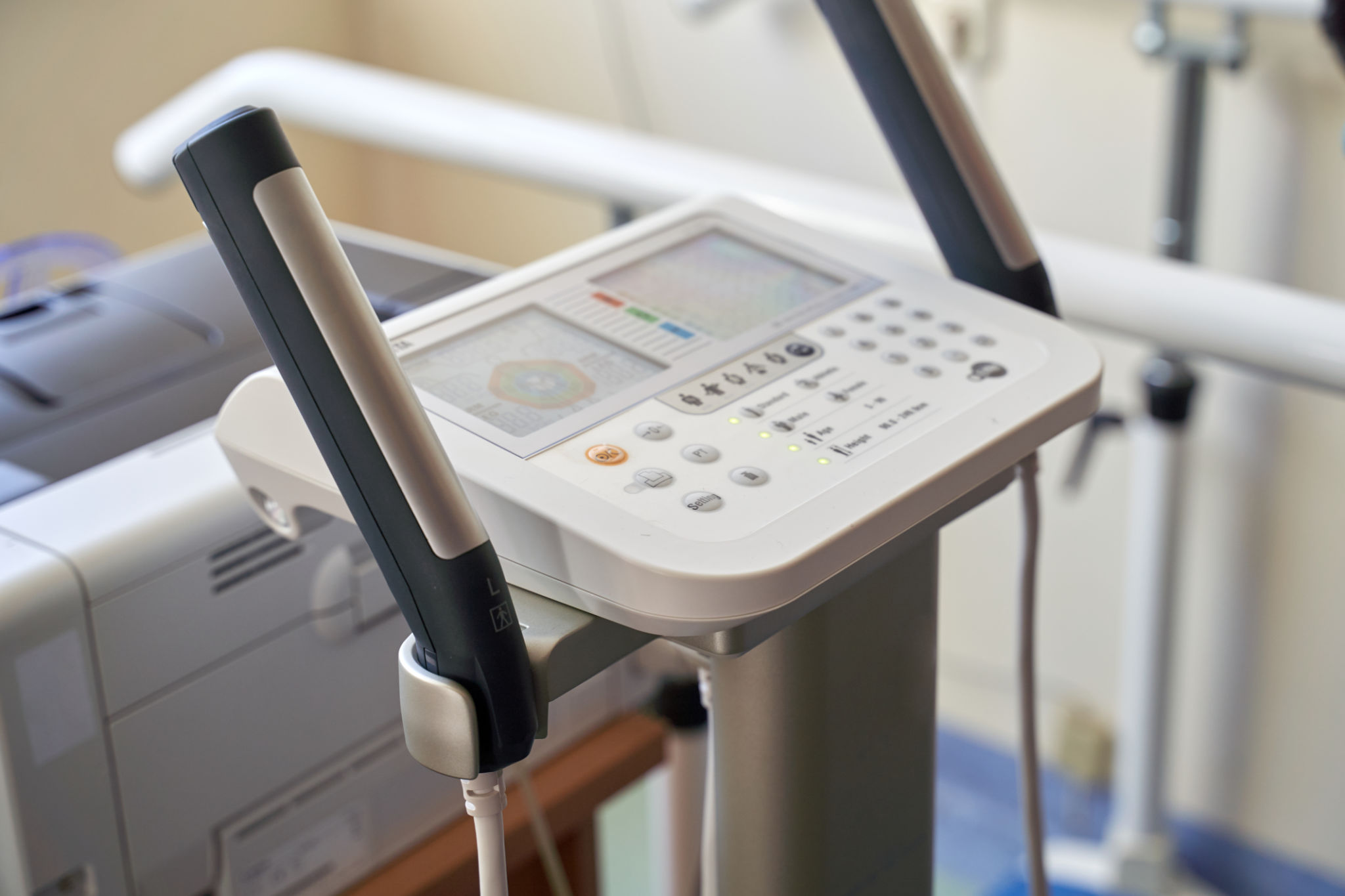Common Misconceptions About Neurodiagnostics: Debunking Myths
Understanding Neurodiagnostics
Neurodiagnostics is a specialized field within medicine that focuses on the diagnosis of neurological disorders. Despite its importance, there are numerous misconceptions about what neurodiagnostics entails and its capabilities. This post aims to clarify these misunderstandings and provide a clearer picture of this vital area of healthcare.

Myth: Neurodiagnostics is Only for Brain Disorders
One common misconception is that neurodiagnostics is used solely for brain-related issues. While it's true that many tests focus on brain health, neurodiagnostics encompasses a wider scope. It includes the diagnosis of disorders affecting the entire nervous system, such as epilepsy, multiple sclerosis, and peripheral neuropathies.
Tests like electromyography (EMG) and nerve conduction studies are particularly useful for diagnosing muscle and nerve issues. These procedures help identify conditions outside the brain, proving the versatility and broad application of neurodiagnostic techniques.
Myth: Neurodiagnostic Tests Are Invasive and Painful
Another misconception is that these tests are intrusive and painful. In reality, most neurodiagnostic procedures are non-invasive and cause minimal discomfort. Exams like electroencephalography (EEG) involve placing electrodes on the scalp to record brain activity without penetrating the skin.

While some tests, such as lumbar punctures, involve the insertion of needles, most patients experience only mild discomfort. Healthcare professionals ensure that procedures are as comfortable as possible and explain each step to alleviate patient anxiety.
Myth: Neurodiagnostic Tests Are Unnecessary
Some people believe that neurodiagnostic tests are superfluous or only confirm what is already known. However, these tests provide critical insights that cannot be obtained through physical exams or routine imaging alone. They detect abnormalities in electrical activity, aiding in the diagnosis of conditions that might otherwise go unnoticed.
- EEG can help diagnose epilepsy by detecting unusual brain wave patterns.
- EMG measures electrical activity in muscles to identify neuromuscular disorders.
- Nerve conduction studies assess how well signals travel through nerves, pinpointing issues like carpal tunnel syndrome.

Myth: Neurodiagnostic Tests Provide Instant Results
Many patients expect immediate answers from neurodiagnostic tests. While some results may be available quickly, others require detailed analysis by specialists. Interpreting test outcomes involves comparing data against normal ranges and considering patient history and symptoms.
This thorough analysis ensures accurate diagnosis and informs effective treatment plans. Patients benefit from comprehensive evaluations, even if it means waiting a bit longer for results.
Conclusion
Neurodiagnostics is an essential component of modern medicine, offering invaluable insights into various neurological conditions. By debunking these myths, we hope to enhance understanding and appreciation of this field. As technology advances, neurodiagnostics will continue to play a crucial role in improving patient care and outcomes.